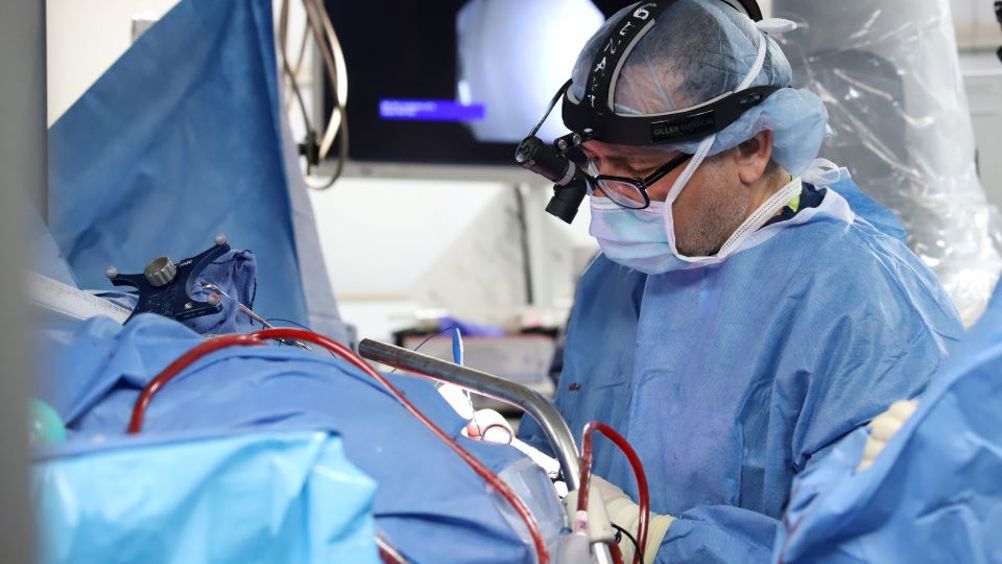Double neural bypass restores movement and sensations to man living with quadriplegia
Bioelectronic researchers have successfully implanted microchips into the brain of a man living with quadriplegia, re-linking his brain to his body and spinal cord with AI algorithms developed by the team.

This first of-a-kind double neural bypass by the team at Northwell Health’s Feinstein Institutes for Medical Research is said to form an electronic bridge that allows information to flow between the man’s paralysed body and brain to restore movement and sensations in his hand.
The research team unveiled the trial participant’s progress four months after a 15-hour open-brain surgery that took place on March 9, 2023 at North Shore University Hospital (NSUH) in Manhasset, New York.
“This is the first time the brain, body and spinal cord have been linked together electronically in a paralysed human to restore lasting movement and sensation,” said Chad Bouton, professor in the Institute of Bioelectronic Medicine at the Feinstein Institutes, vice president of advanced engineering at Northwell Health, developer of the technology and principal investigator of the clinical trial. “When the study participant thinks about moving his arm or hand, we ‘supercharge’ his spinal cord and stimulate his brain and muscles to help rebuild connections, provide sensory feedback, and promote recovery.
Register now to continue reading
Thanks for visiting The Engineer. You’ve now reached your monthly limit of news stories. Register for free to unlock unlimited access to all of our news coverage, as well as premium content including opinion, in-depth features and special reports.
Benefits of registering
-
In-depth insights and coverage of key emerging trends
-
Unrestricted access to special reports throughout the year
-
Daily technology news delivered straight to your inbox










UK Enters ‘Golden Age of Nuclear’
Anybody know why it takes from 2025 to mid 2030's to build a factory-made SMR, by RR? Ten years... has there been no demonstrator either? Do RR...